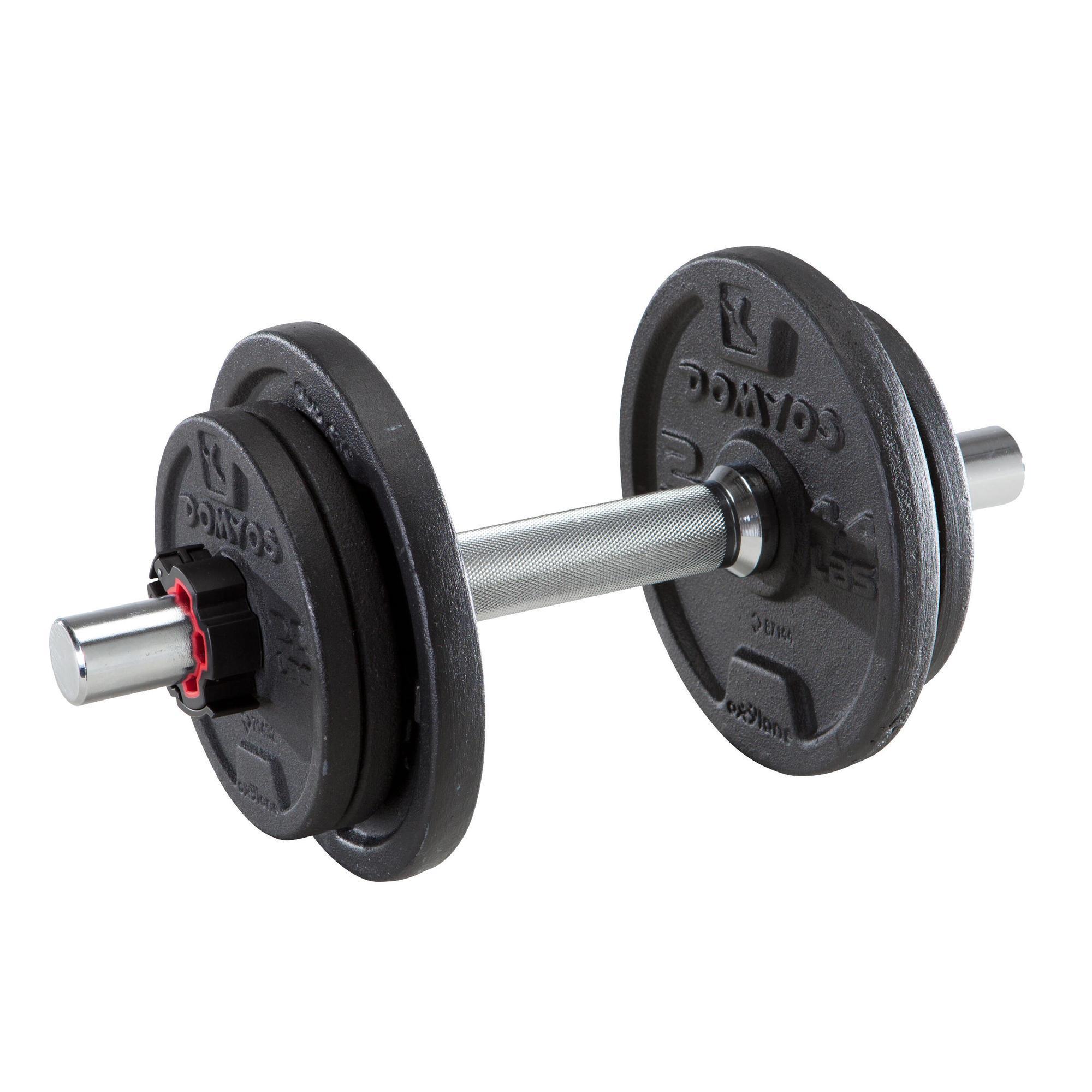How to gain muscle?

If your goal is to gain muscle, you need to first ask yourself whether you want to bulk or you want to gain muscle to improve your health, avoid injuries and pain such as back pain, etc.
Depending on your objective, you’ll have a different strategy to reach it. There are two essential things to gain muscle, nutrition, and training.
1. Nutrition
Proteins
Nutrition is especially important for bulking. To gain volume, you need to eat more. Proteins are essential whether you want to gain weight or just build muscle for health reasons.
How many proteins should you consume per day?
At a minimum, it is recommended to consume 0.8g multiplied by your weight in kg. For example, for someone who weighs 60kg, they will need to consume at least 48g of proteins per day. However, this is only the minimum that will help avoid deficiencies and muscle loss. It will simply help maintain muscle mass, but it does not represent the optimal intake for good health.
It should also be noted that proteins not only help build muscle but are also essential for the proper functioning of our bodies, such as our immune system, organs, and hormones.
What happens when we consume too little protein?
Our body will have to break down muscle to use proteins and operate all other systems.
For an active person who moves, exercises, it is recommended to consume between 1.2 and 2g per kg of body weight per day. Therefore, for our example of a person weighing 60kg, they will need to consume between 72g and 120g of proteins per day.
Carbohydrates
The other macronutrient essential for muscles growth is carbohydrates. Carbs are the preferred source of energy for muscles. Carbs are stored in the liver and muscles, which gives the muscle a swollen appearance. Once these two sources are full, carbs are turned into fat and stored throughout the body. Protein and carb stores are limited, unlike lipids, which have no storage limit on the body.
So what is the recommended dose of carbs to consume per day?
For an active person who exercises, it is recommended to consume between 4 and 7g per kg of body weight. For our person weighing 60kg, it will be between 240 and 420g of carbs per day.
The rest of the calories will come from lipids, i.e., fat. If you know how many calories you need per day, you can easily calculate your intake. For proteins and carbs, 1g provides 4kcal and for lipids, 1g provides 9kcal.
Once we have calculated all this, we have an idea of what to eat. Tracking calories and macros can be useful to get an idea of what we’re eating. It’s a good idea to do it for about two weeks to achieve this. However, for those who cannot or do not want to track their calories because it takes time and can cause eating disorders, there are other solutions to know how to eat properly. What I like to use with my clients is the calculation of portions with your hands, where a portion of protein will be the palm of your hand, a portion of vegetables the fists, carbs a full hand and lipids the thumb. The number of portions per meal will vary depending on everyone’s goal, and it allows you to be a little more intuitive with your diet while nourishing your body with everything it needs.
How to use all this information for bulking?
First, you need to know your maintenance, i.e., the number of calories that will allow you not to gain or lose weight. Once you know this, you can increase your intake by either increasing the volume of your meals, adding 1 meal, or adding 2 snacks during the day. It is recommended to increase your calorie intake between 350 and 475 kcal per day.
To avoid gaining too much fat and mainly building muscle, try to eat balanced because it’s easy to add calories by eating processed products that are hyper-caloric, but by doing so, you risk mainly gaining fat. To avoid this, you need to make sure you eat proteins at each meal to cover all your needs, fruits and vegetables, carbs like pasta, rice, and good fat.
2. Training
You have probably already heard that to gain muscle, you need to lift heavy weights. If you are a beginner, increase gradually, always starting with lighter weights for the first set to avoid injury and warm up the muscles, and then increase the weight each set.
Regarding volume, the number of repetitions can vary from 5 to 30 repetitions. The important thing is to push the muscle to exhaustion so the last repetitions of each set are difficult.
It is recommended to work each muscle for a total of 10 sets each week which can be spread over several workouts during the week.
3. Rest
Rest is a big part of training. After working a muscle, it is important to let it rest ideally between 2 and 3 days of rest per muscle.
Why is rest important?
Simply because working a muscle creates micro-lesions in the muscle. During the rest phase, the muscle will repair and rebuild itself stronger than before to adapt to the training load. So don’t neglect rest and see it as the period when your muscles will develop and become stronger.
4. Conclusion
With all this information, you should now be able to create a plan to follow to attain your goals. Choose simple exercises, there is no need to complicate things, basic exercises like squats, deadlifts, bicep curls, and shoulder presses are very effective and will give you results.
You can also follow a personalised program created just for you, don’t hesitate to contact me as I can help you achieve your goals !
